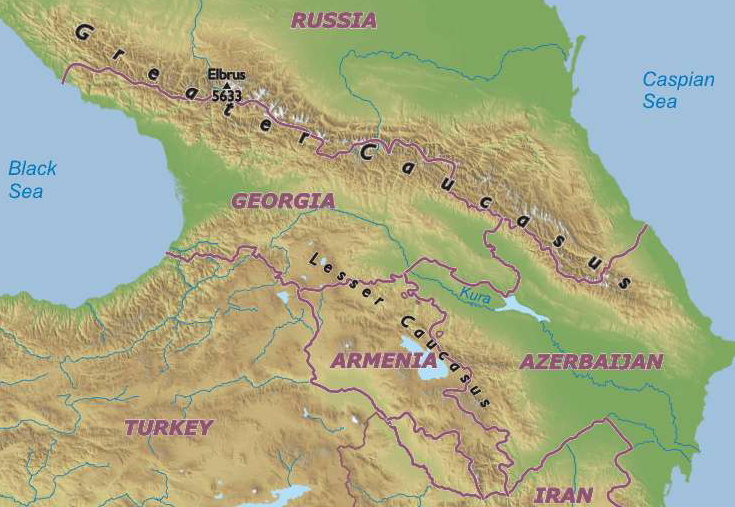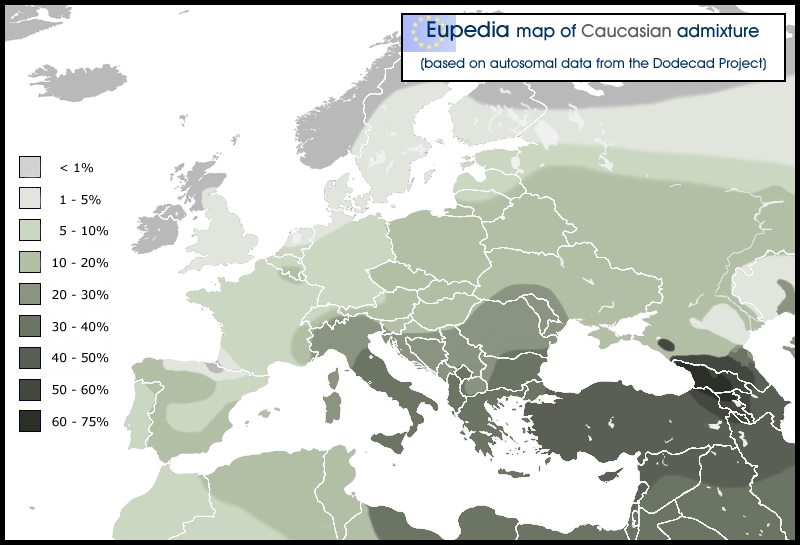The Hittite language was a distinct member of the Anatolian branch of the Indo-European language family, and along with the related Luwian language, is the oldest historically attested Indo-European language.[2] Hittites referred to their native land as Hatti. The conventional name "Hittites" is due to their initial identification with the Biblical Hittites in 19th century archaeology. Despite their use of the name Hatti for their core territory, the Hittites should be distinguished from the Hattians, an earlier people who inhabited the same region (until the beginning of the 2nd millennium BC) and spoke an unrelated language known as Hattic.[3]
They were not Luwian, they were another tribe.
The Assyrians don't mention them, they mention the Hatti, whose land all of a sudden is conquered by the Hittites, and it becomes the core area of the new empire. It is speculated that the Hittites were a herding tribe, to the southeast of the land of the Hatti.






